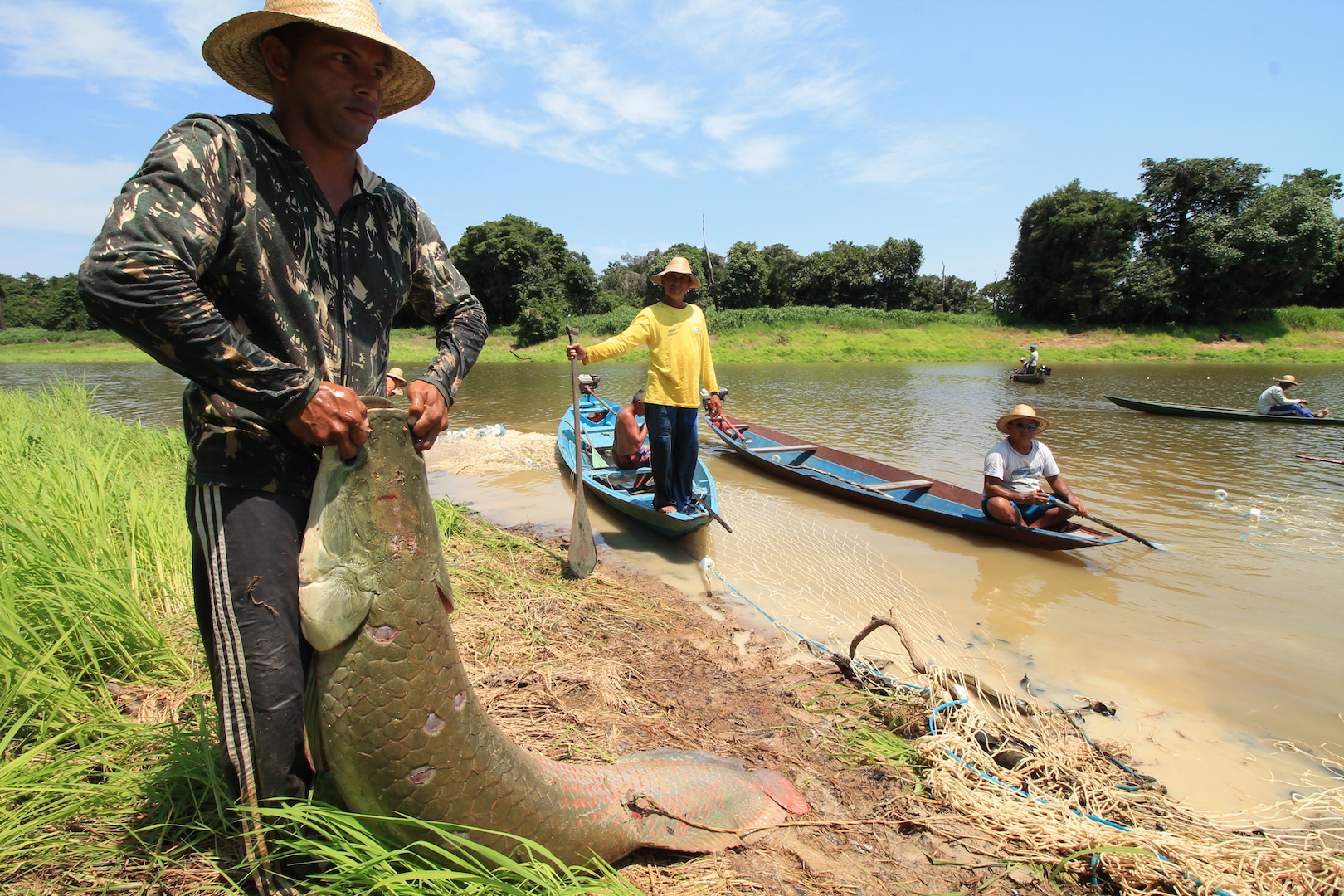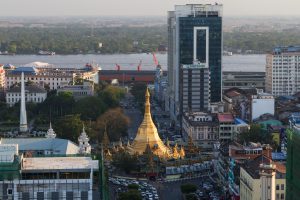Adventurous Chinese tourists should cross the globe and visit the world’s largest tropical forest, according to state governments from Brazil’s Amazon. Amazonas and Amapá states recently launched a campaign with Chinese tourism company HRH Information Technologies to encourage more visitors.
The promotional push coincides with the Brazilian government’s decision to waive visas for visiting Chinese tourists and businesspeople, which was announced during Brazilian president Jair Bolsonaro’s trip to China at the end of last month.
60,000
Chinese tourists visit Brazil annually
With the measure, the government hopes to attract far beyond the 60,000 Chinese tourists who visit Brazil each year. Of these, only 3,000 go to Amazonas, the largest state in the Amazon region. It is estimated that Chinese tourists around the world could number 300 million by 2030.
“China could become our largest tourism partner,” tourism minister Marcelo Álvaro Antônio told a recent forum in Macao. He identified theme parks, resorts, and transportation infrastructure, as areas for potential foreign investment.
However, Álvaro Antônio stopped short of promoting ecotourism and authorities in Amazonas are counting on Chinese interest in local biodiversity.
Amazon tourism and development
The attempt to strengthen tourism goes to the heart of one of the greatest challenges facing the Brazilian Amazon’s 20 million people: how to promote social and economic development without destroying the environment and harming indigenous populations.

Environmentalists still view efforts to expand tourism in the rainforest with concern.
Adriana Ramos, coordinator of the public policy programme at Instituto Socioambiental, warned of the lack of regulation for the expansion of ecotourism in the region and what the industry can or cannot do in the jungle.
In tourism, things do not happen overnight, even this visa exemption
“These parameters must be developed for tourism to be more sustainable and inclusive in distributing benefits,” she says. “Often, tour operators bring boats inside community areas, fish, and leave, without any benefit for the local community.”

Ramos adds that the government should consult rainforest communities and invest so they can structure tourist itineraries: “The industry has shown that tourism cannot be sustained with just one attraction. Various itineraries are needed to sustain an area.”
Infrastructure challenges
The world’s largest tropical forest offers a wealth of attractions. Visitors can experience white sand river beaches and the famous meeting of the dark waters of the Negro River and the muddy Solimões. Forest hikes to see birds such as macaws and mammals including the pink river dolphin are also very popular.

Even with the need for visas waived, many obstacles still prevent Chinese tourists enjoying the biodiversity of the Amazon.
Roselene Medeiros, president of the Amazonas state tourism agency, stresses that while the state offers hotels in the rainforest, recreational fishing, and restaurants serving typical regional foods, improving infrastructure, internet coverage, air travel networks, and varying itineraries are big challenges.
“We don’t have even flights connecting Amazonas to Europe, but we are talking with the airlines,” she says.
16th
China's rank in the most common nationalities visiting Brazil
Manaus, the best-known city in the Amazon forest, saw a boom in Chinese tourism between 2005 and 2015. Since then, however, numbers have fallen, from 17,000 in 2015 to 3,000 last year. Chinese rank only 16th among the most common nationalities of foreign tourists.
To recover losses and monitor the potential of the Chinese market, the state government is translating tourism material into Mandarin.
The partnership with HRH to promote trips focuses on ecotourism.
Hsia Hua Sheng, a finance professor at the Getúlio Vargas Foundation, a think tank, says that the business visa exemption for Chinese has greater potential to yield results than the waiver for tourists, which is not expensive compared to those required for the US or Europe.
“Once the market is open, various companies will enter. But for a Chinese tourist to come to Brazil… they’ll want 15 days to travel, and it is rare for Chinese to take a 15-day vacation,” says Sheng. “No one comes to Brazil from China for tourism. They come to do business in São Paulo and Rio de Janeiro.”
Medeiros, of the Amazonas state government, knows that the process of preparing the region for the demands of an influx of visitors will be a lengthy one.
“In tourism, things do not happen overnight, even this visa exemption,” she says, adding; “They’re not coming to Brazil tomorrow, especially not to the Amazon.”








